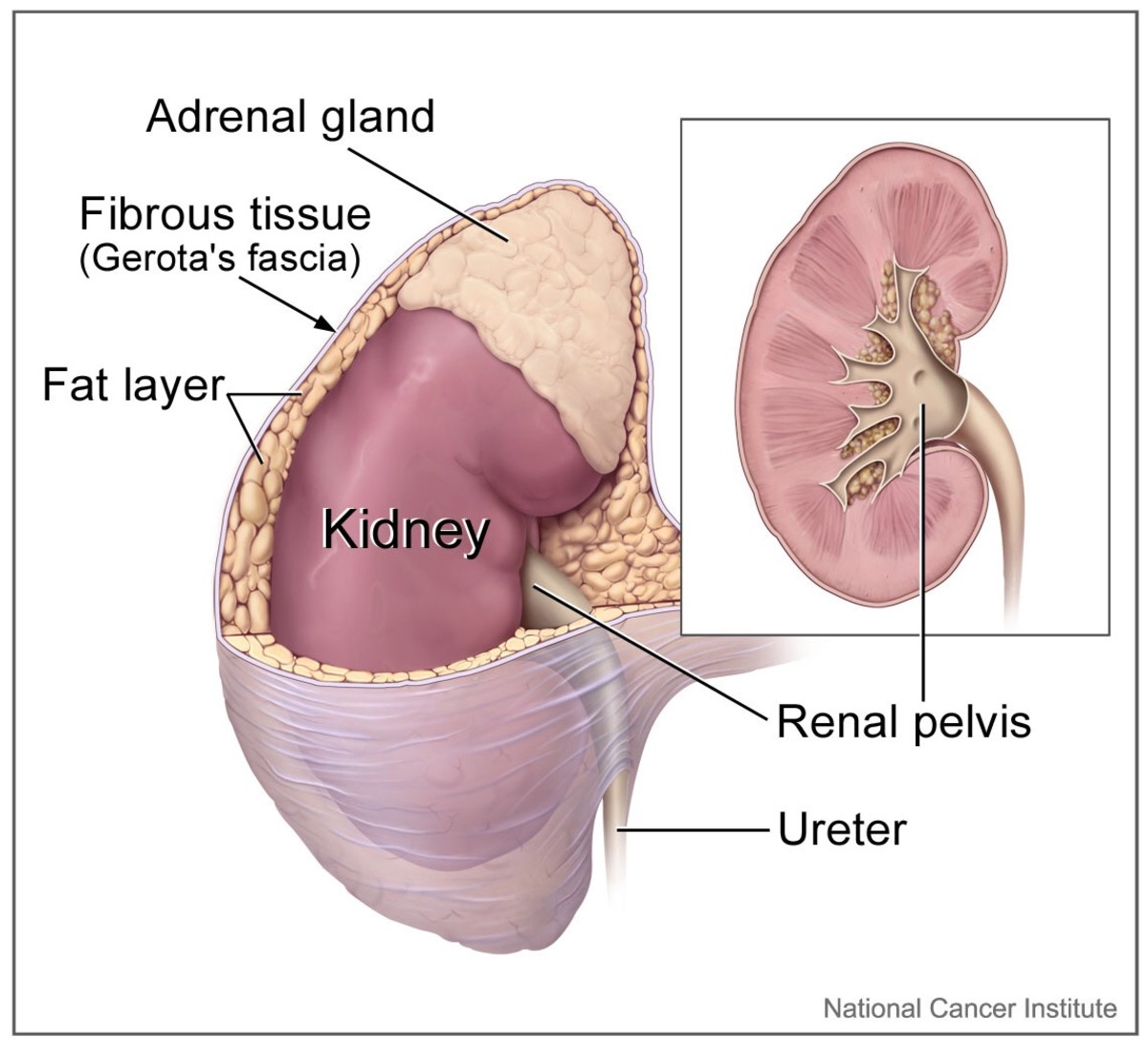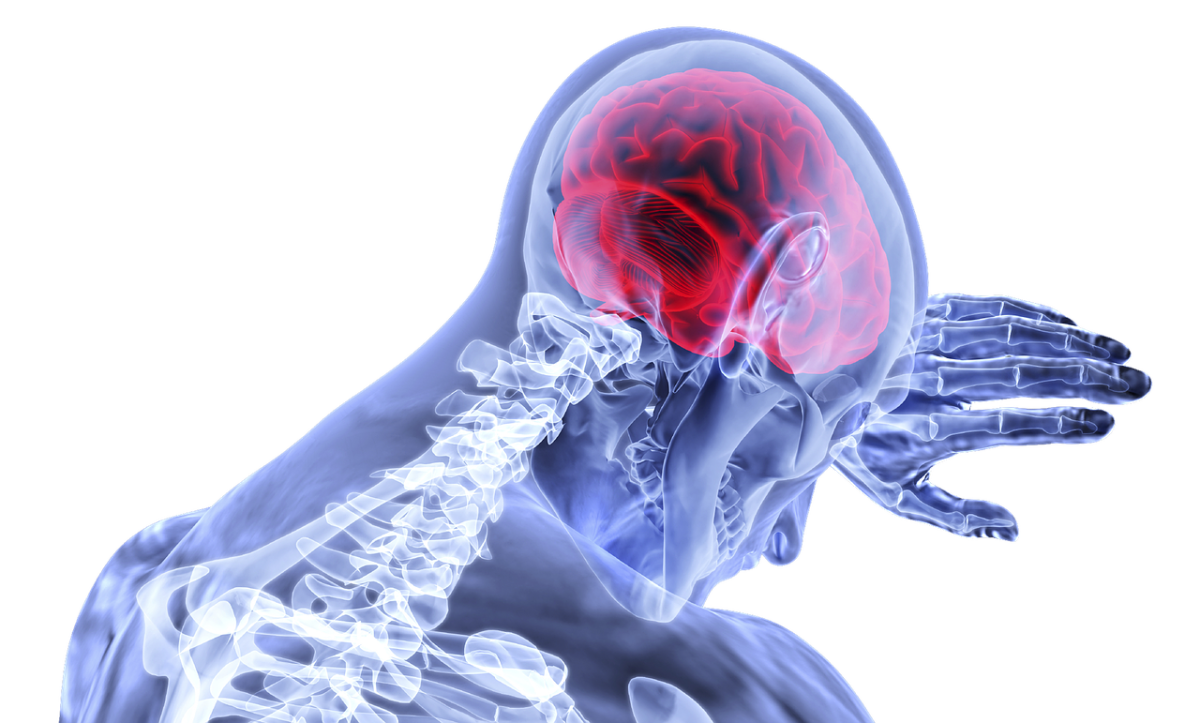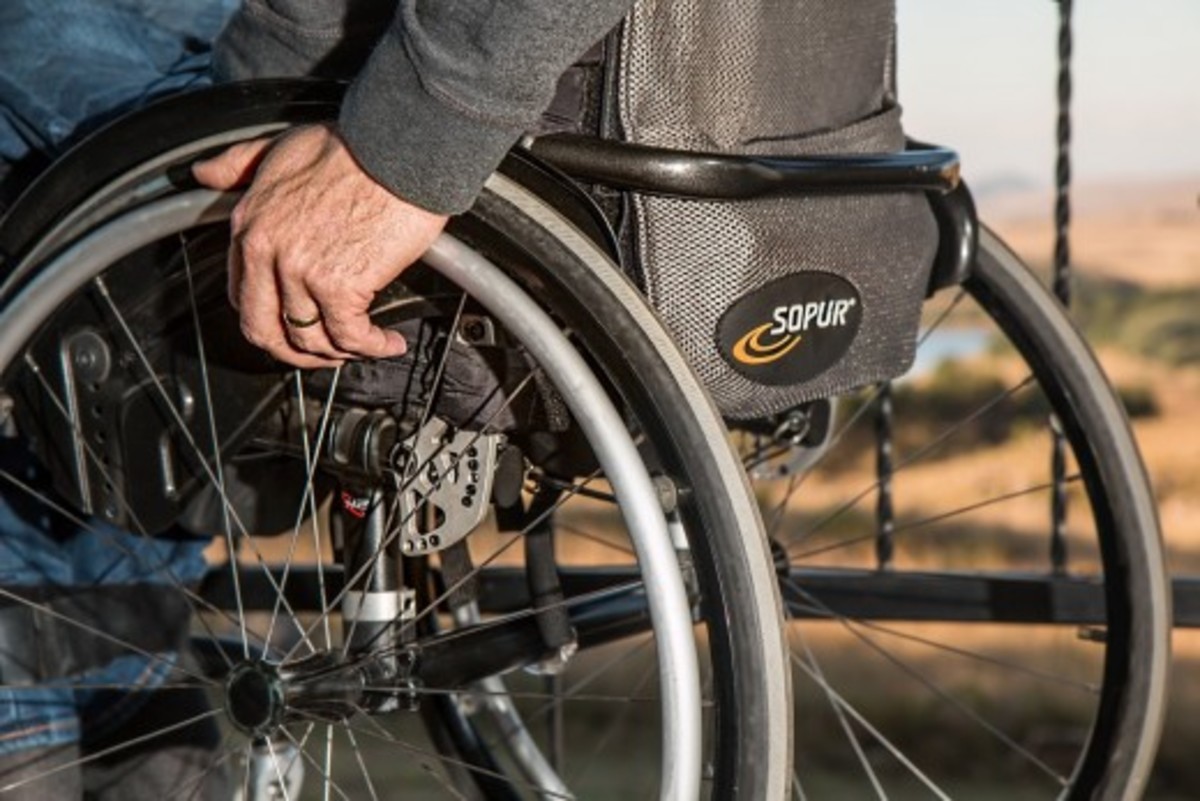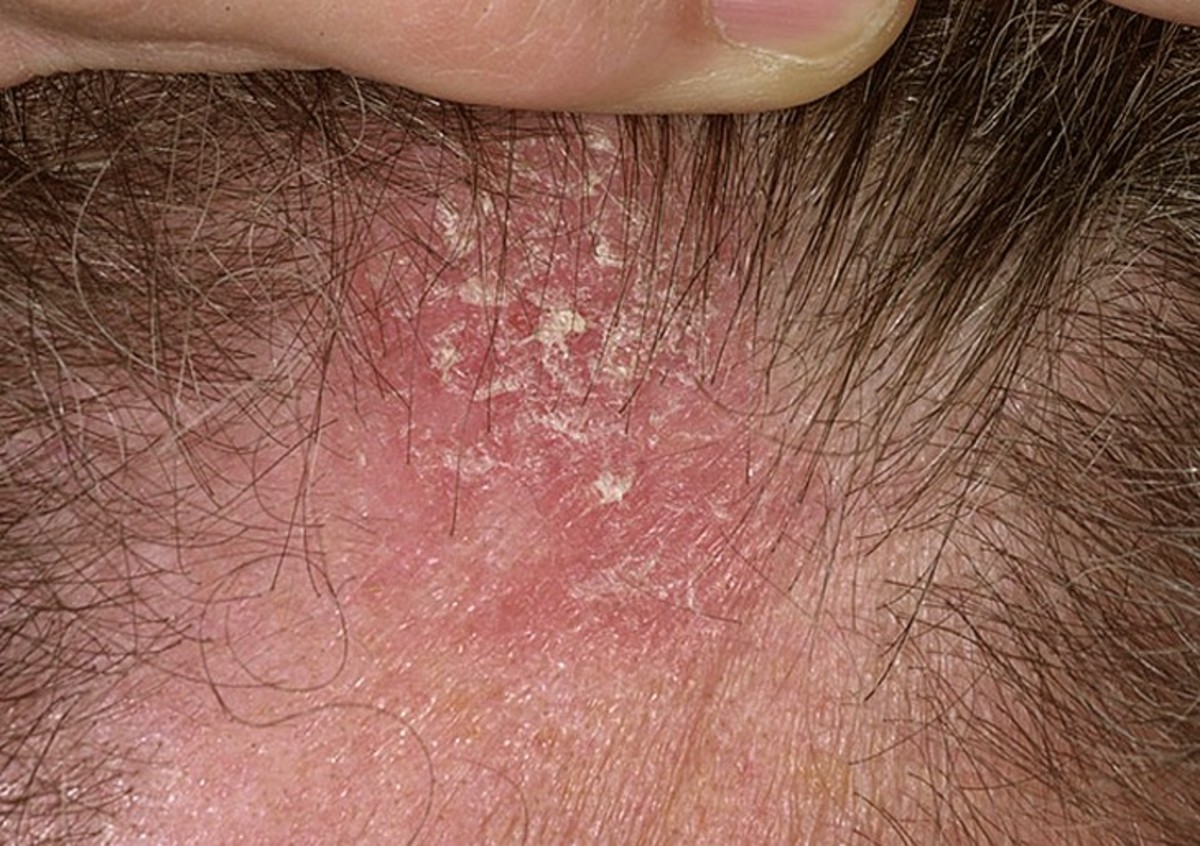Symptoms of a Stroke
What Can You Do To Avoid a Stroke
Have a thorough annual physical examination that will include checking your blood pressure and your heart action. Be aware of the warning signals of a stroke.
Early detection of high blood pressure gives you the opportunity to seek help and you will reduce your chance of having heart attacks as well as strokes.
Additional premonitory symptoms of stroke include,
- Severe aches in the back of the head and neck,
- Dizziness or fainting,
- Motor or sensory nerve disturbances,
- Nose bleeding and certain hemorrhages in the retina of the eye.
- Nausea
- Stiffness on face
- vomiting
The Brain
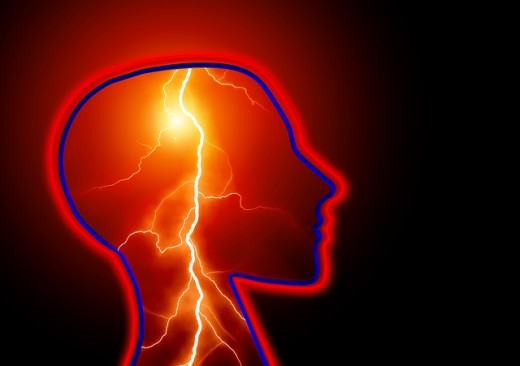
Symptoms
Symptoms such as these, however, can be found with other diseases and are not necessarily indicative of high blood pressure or pending stroke. Doctors have several methods of controlling high blood pressure.
- Controlling overweight and stress of any kind
- Various diets
- The severing of nerves which constrict the arteries with surgery
- Relaxing blood vessels temporarily with drugs
Strokes Kill Thousands Of People
Thousands of people are killed by strokes each year, and many more suffer non fatal strokes.
Strokes, have advanced from seventh to third place among the natural causes of death, and are now behind only heart disease and cancer.
To understand the mechanism of stroke, you need to consider the relationship of the blood and the brain.
Oxygen, minerals, hormones and other vital materials are conveyed to all parts of the body by the blood, flowing through the arteries from the heart.
In the brain, if one artery is damaged or destroyed, it is often possible for the blood and its oxygen to reach the area via another artery.
However, brain cells completely cut off from oxygen live only a few minutes. Once killed, they cannot grow back.
When this happens to the cells of a brain center, the body function controlled by that center is paralysed.
Strokes Fall Into Three Categories
- cerebral embolism, which accounts for five per cent of the strokes,
- cerebral thrombosis, which accounts for 40 to 60 per cent, and
- cerebral hemorrhage, which accounts for the rest.
Cerebral embolism.
After surgery and under some other conditions, a blood clot, or embolus, may break away in the body and be carried through arteries to the brain, where it blocks a blood vessel.
Embolus is from the Greek work meaning ‘a plug,’ When strokes occur in young people, a cerebral embolism is usually responsible.
Once lodged in the brain, little can be done about an embolus. But administration of an ‘anti-coagulant,’ drug will slow coagulation of the blood during surgery and prevent formation of clots.
It may also prevent formation of additional emboli after one has been detected.
Cerebral Thrombosis Is More Complex.
Something causes a clot, or thrombus, to form in a brain artery or blood vessel. In many cases it is atherosclerosis.
This is a form of hardening of the arteries in which fatty substances thicken the lining.
Sometimes the artery seems to be closed by a nervous spasm. Occasionally the spasm relaxes or the brain manages to establish some circulation round the obstruction.
When this happens, a large part of the impaired brain abilities returns and much of the paralysis goes.
In Cerebral Hemorrhage
The most hopeless type of stroke, an artery or blood vessel actually ruptures in the brain, owing perhaps to high blood pressure or a weakened arterial wall, or both.
In any case, the damage is double. The oxygen in the spilled blood does not go where it is needed, and other parts may be hurt by pressure.
If it is a massive hemorrhage, death may come swiftly. However, most hemorrhages are small.
There may only be a slow leakage of blood, only a few tiny arteries and capillaries broken down.
Damage may not be enough to cause the patient to lose consciousness. Call an ambulance or get patient to a hospital urgently.
Great Advances Have Been Made In The Treatment of Strokes
It should be emphasized that a stroke does not necessarily mean the end of a career.
Sir Joshua Reynolds produced 100 canvases after a stroke at 59. Great advances have been made in the treatment and retraining of stroke patients.
Special exercises with water and electrical devices are employed to restore function to limbs and teach undamaged brain centers to take over the tasks from those that have been injured.
The patient’s own courage and desire to regain his faculties, will determine his progress.
To learn to speak again, to have to learn to tie his shoes, this can all be very frustrating. But with determination and the assistance of family and friends it can be done.
This content is accurate and true to the best of the author’s knowledge and does not substitute for diagnosis, prognosis, treatment, prescription, and/or dietary advice from a licensed health professional. Drugs, supplements, and natural remedies may have dangerous side effects. If pregnant or nursing, consult with a qualified provider on an individual basis. Seek immediate help if you are experiencing a medical emergency.
© 2017 Anita Hasch

